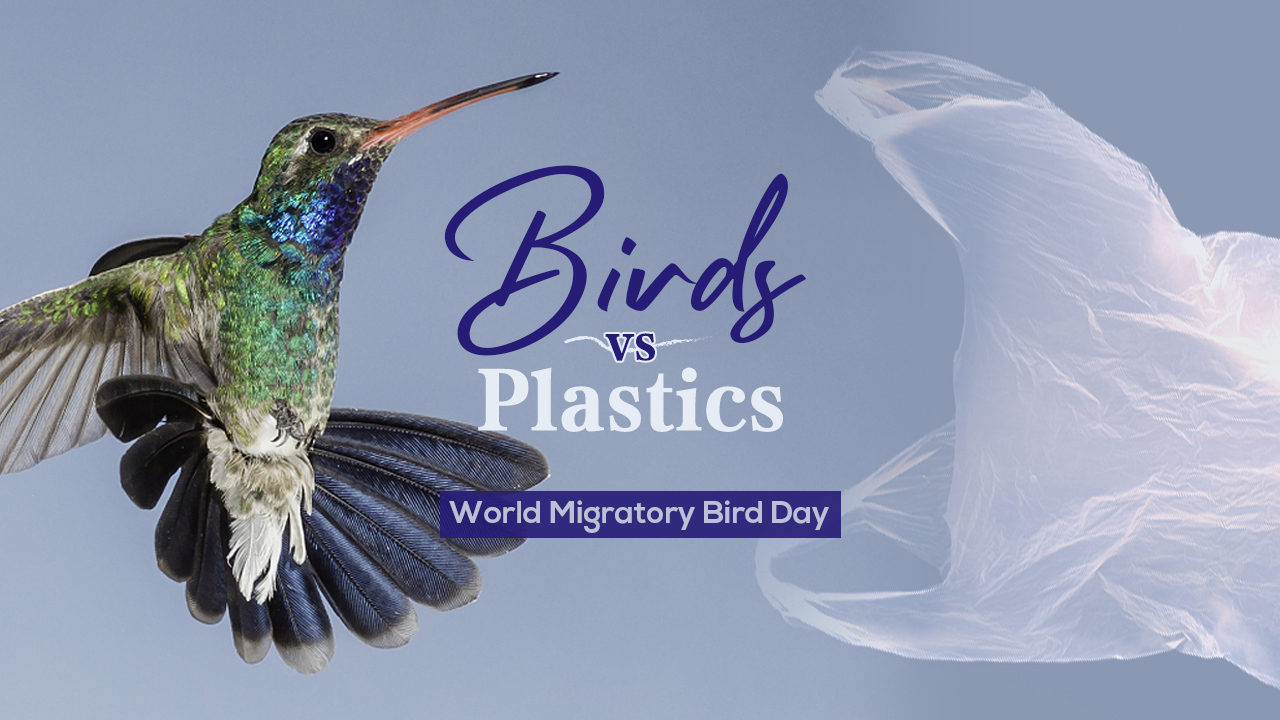00:44

WMBD Explainer:
Saturday, October 12, marks World Migratory Bird Day – a biannual global event to raise the awareness of protecting migratory birds and their habitats.
It's celebrated on the second Saturday of May and October every year, as the two months are peak periods for bird migration.
This year, the theme is "Protect Birds: Be the Solution to Plastic Pollution," and points to plastic garbage becoming an increasing threat to wildlife across the world.
To mark the campaign this year, the United Nations Department of Communications published a UN in Action video.

Plastic garbage – a world crisis
The National Geographic reports that plastic pollution has become one of the most pressing environmental issues, as the amount of disposable plastic products exceeds the world's ability to deal with them.
There are at least three reasons why the issue is particularly hard to tackle:
Firstly, the quantity of plastic garbage. The UK government estimates that every year more than 150 million tons of plastic waste pollute the world's oceans. And the total amount will increase as plastic production is expected to double in 2050 from 448 million tons in 2015.
Secondly, there is no effective solution at the moment. Plastics take up to 1,000 years to be naturally decomposed; burning pollutes the air; landfilling might pollute the land and water; and recycling, or turning used plastics into new forms, does not reduce the amount of plastics.
Thirdly, plastic not only contaminates the environment, it could also seriously harm life, be it plants, animals or humans.

Birds' living conditions around the world:
Birds are considered a good environmental indicator as they are sensitive to environmental changes.
The global plastic pollution crisis has taken a heavy toll on birds.
Around a million birds die every year from eating and getting tangled in plastic waste.
Studies also show that two thirds of bird species in North America are already disappearing at an alarming rate, and face extinction unless immediate action is taken to slow global warming.
(All images, video via VCG, cover image designed by CGTN's Yin Yating)
(If you want to contribute and have specific expertise, please contact us at nature@cgtn.com.)